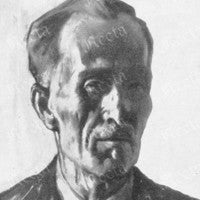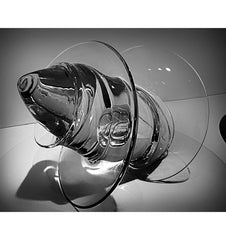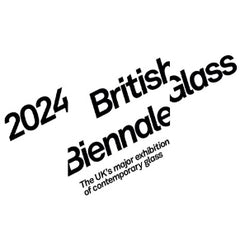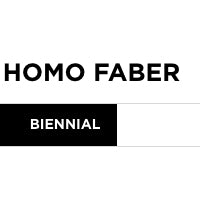
Born in Vladikavkaz (Caucasus) on December 28, 1895 from Italian citizens who owned a business in Russia. He died in Trieste in 1967
He was a painter and architect.
After completing the Liceo Scientifico in 1913, he attended the Kazan Fine Arts Institute until 1915, where he studied and graduated in painting.
In the spring of 1917, with the outbreak of the revolution, he had to cut his studies due to the unrest that took place in the country.
In 1920, together with the whole family, he repatriated to Italy (Udine) and enrolled at the Academy of Fine Arts in Venice, where he graduated in architecture.
Until 1929 he worked as an architect both on his own and in collaboration with other colleagues.
He designed various villas, churches and, gradually, he also specialized in wall decoration (frescoes, mosaics, artistic stained glass windows).
For a few years he was designer and artistic director at the C.V.M. for which he made a sketch for the preparation of sales rooms in Palazzo Barbarigo.
In 1932 he participated in the Biennale and became artistic director of the C. Maschio .
He took part in the Exhibition of Decorative Arts in Florence (it is assumed that one of the windows that were exhibited at one of the international exhibitions of decorative art in Milan is at Castello Sforzesco).
Then moving more and more towards painting, he exhibited paintings at the sindacale and intersindacale and participated in various exhibitions and competitions until 1939.
He won four awards. Among the many official purchases there were two of King Vittorio Emanuele (accompanied, these, by a personal prize of the King and praise).
In 1938 on the initiative of the Abbot of the Ordine degli Olivetani Benedettini, Mons. R. M. Zilianti, designed the architectural and fresco reconstruction of the Sanctuary of the Beata Vergine del Pilastrello in Lendinara (Rovigo). Work that was under the personal patronage of Cardinal Pacelli. His Holiness Pius XII, having obtained approval from the Superintendency of Fine Arts of Venice, began work, which he completed in 1942. At the same time he exhibited in the collective exhibitions in Florence, Rome, Turin and Milan.
During this period the usual residence was Venice, a few years in the province of Rovigo, Milan and later Trieste.
From 1943 to 1962 the activity carried out was mainly pictorial.
It is a production of paintings depicting historical moments of the East (battles between the Tartars and the Cossacks, historical episodes of John the Terrible, the conquest of Siberia, dances and popular scenes of the Caucasus, clashes of knights, duels, the Napoleonic wars, charges of cavalry, etc).
This production has been exhibited in numerous solo shows; and, through art dealers, also abroad: Marseille, New York, Buenos Aires, London, Rio de Janeiro, Switzerland and France.
In Italy especially in the north: four in Genoa, three in Turin, three in Milan, in S. Remo, Florence, Rome, Trieste, Alessandria and Naples. In this environment the activity of the artist continues, which does not derive directly from any school, Giuseppe Chiacigh has ever wanted to participate in an artistic movement, constantly worried about being himself.
We can say that his painting had a vigorously expressionist character in the years before 1935, subsequently approaching romantic neorealism, always with points of return to expressionism.
credits to: www.galleriarecta.it



